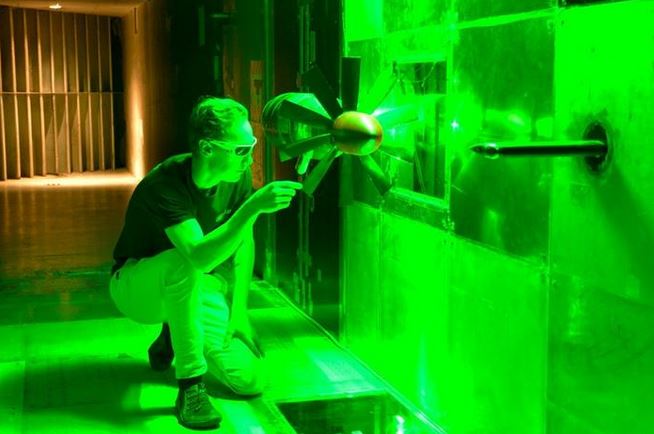
NASA has awarded USD5.7 million to a multi-university partnership as part of the agency’s University Leadership Initiative reports the Science Magazine. The project it says, led by Boston University over the next three years, will bring together researchers and engineers from Virginia Tech, Embry-Riddle University, Tuskegee University, and industry partner Joby Aviation to focus on developing quieter vertical lift air vehicles.
“Drone delivery is rapidly taking off in major cities, with rotor-powered rideshares not far behind. The convenience promised by electric vertical take-off and landing vehicles generates a substantial buzz – not just from excitement but from all the noise generated by rotors filling the sky” Science Magazine says in its report and continues:
“Advanced or urban air mobility concept vehicles are typically electric vertical take-off and landing, commonly called eVTOL, vehicles with four or more rotors. The grant will support research into the technical and environmental challenges of flying in urban environments.
“As populations in urban areas continue to grow, increased traffic and industrial activity is causing cities to become louder and louder. Factoring in new modes of transportation, such as vertical lift air vehicles, will contribute to already existing noise pollution.
“The research will develop methods to better predict low noise operations of such vehicles within the urban canyon. The research team will explore how much the ingestion of large-scale disturbances during flight, such as gusts of winds, will affect rotor noise.
“This is a complicated problem,” said W. Nathan Alexander, assistant professor in the Kevin T. Crofton Department of Aerospace and Ocean Engineering. “While a helicopter has one main rotor, these vehicles have multiple rotors. This provides additional degrees of freedom to control sound through individual rotor RPM and tilt, but it also makes the problem more complex. The goal is to determine the optimal configuration for safe operations in unsteady environments that also produce low noise.”
For more information
(Image: Nathan Alexander for Virginia Tech )

